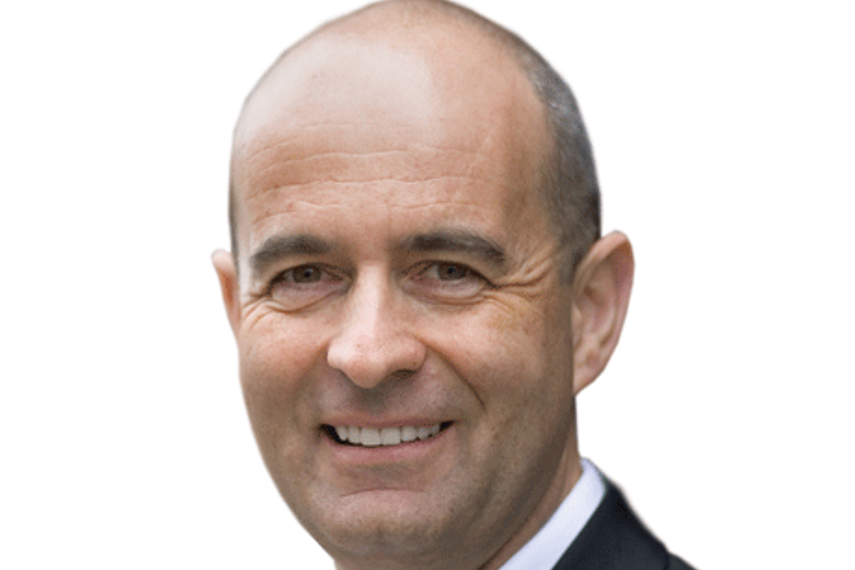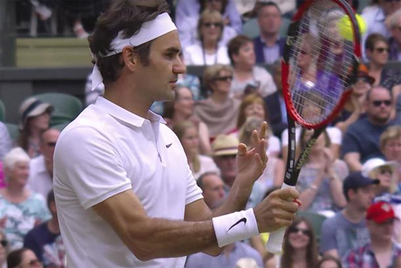
Remember when industry analysts started to loudly proclaim the death of TV commercials? Ten years after TiVo sprang onto the scene, TV is not only still here, it is enjoying a renaissance, having been reinvigorated bydigital technology as opposed to cannibalised by it. Of course, those who live in DVR homes will skip through ads that fail to excite their interest. But when they catch a glimpse of a true show-stopper such as Nike’s Write The Future three-minute epic or Old Spice’s ‘The Man Your Man Could Smell Like’ – they instinctively hit play.
Recent developments at video-sharing sites such as Hulu and YouTube mirror DVR’s power to zap through ads. Hulu already allows users to pick different ads and formats, while YouTube intends to introduce ‘skippable’ ads. Essentially, if an ad doesn’t cut it – just like on a DVR – a consumer can whiz right past it.
As online video is currently the fastest growing ad category - eMarketer estimates that online video ad spending in the US alone will grow 48.1% this year, to be worth $1.5 billion - the pressure has never been greater to create ads that are worthy of being watched.
Forward-thinking brands already understand that engagement is a more worthy and meaningful metric than reach, and the brands that walked off with Grand Prix Lions at Cannes, such as Gatorade Replay or Canon Australia’s EOS Photochains, demonstrated a considerable commitment to engaging people as opposed to clocking up random eyeballs.
Focusing on engagement isn’t a strategy that should be restricted to moving image ads, either. An outdoor digital campaign for McDonald’s in Stockholm worked on the premise that, if people passing by billboards for McDonald’s managed to ‘catch’ a menu item, such as a sundae, on their phone, they could claim it for free in-store. Meanwhile, UNIQLO in Japan reinvented the banner ad with its ‘lucky switch’ idea, dangling prizes and promotions in front of those who got involved. It increased online sales by 150%.
Many of our clients and many more multinationals, including P &G and Coca-Cola, are all investing heavily in social media because they understand the power of engagement, and the potential for one-to-one conversations with consumers. Marc Pritchard, chief marketing officer at P&G, said at Cannes: “If we continue with the old marketing techniques, we might only survive until the next economic downturn. However, if we focus on serving, touching and moving people, we will thrive.” He is right: this kind of deeper connection can not only help direct marketing strategies, it can also influence other areas of business, such as new product development or distribution.
So next time you’re working on a brief, ask yourself if your solutions will keep your target audience engaged. Will your ideas be contagious – will people want to share them with colleagues, friends and family? Will your ideas be so engaging that they will actually change conversations about your product?
Or, will your audience be likely to hit the ‘skip ad’ button on YouTube?
What exactly are you offering in exchange for today’s most prized commodity?
Time.
Richard Pinder is chief operating officer, Publicis Worldwide


.jpg&h=334&w=500&q=100&v=20250320&c=1)
.jpg&h=334&w=500&q=100&v=20250320&c=1)


.jpg&h=334&w=500&q=100&v=20250320&c=1)
.jpg&h=334&w=500&q=100&v=20250320&c=1)



.jpg&h=334&w=500&q=100&v=20250320&c=1)



.jpg&h=268&w=401&q=100&v=20250320&c=1)
.jpg&h=268&w=401&q=100&v=20250320&c=1)


.jpg&h=268&w=401&q=100&v=20250320&c=1)
